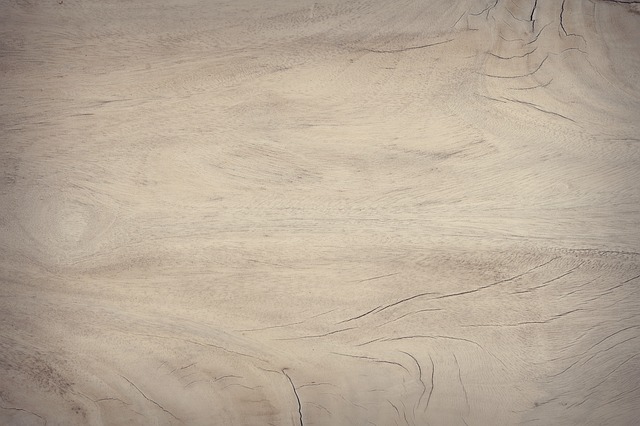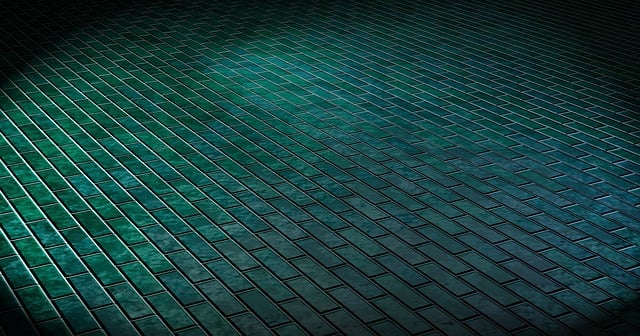Choosing the best floor involves understanding your space, needs, and budget. Consider room purpose, foot traffic patterns, décor themes, and specific requirements like moisture resistance or warmth. Diversify flooring materials for aesthetics, durability, and maintenance needs: hardwood offers versatility but requires care, luxury vinyl is waterproof and easy to install, while laminate provides resilience and affordability. Prioritize durable, low-maintenance options like dense woods or luxury vinyl tiles (LVT). Align floor selection with room character and practical needs; kitchens and bathrooms need water-resistant materials, while bedrooms and living rooms benefit from soft carpets or cozy wood floors. On a budget? Consider engineered hardwood, laminate, vinyl plank, or tile for stunning, durable, and affordable options. Professional installation ensures flawless, long-lasting results, securing your investment in the best flooring option.
Choosing the best floor for your space involves a strategic blend of aesthetics, functionality, and longevity. This comprehensive guide will walk you through the essential steps to navigate the vast array of flooring options available today. From understanding your unique living space and needs to exploring durable materials and stylish designs, we’ll equip you with the knowledge to select the perfect floor that complements your interior while standing the test of time.
- Understanding Your Space and Needs
- Types of Flooring Materials: A Comprehensive Overview
- Durability and Maintenance: Key Considerations
- Style and Design: Matching Floorings with Interiors
- Budget-Friendly Options Without Compromising Quality
- Professional Installation: The Final Touch
Understanding Your Space and Needs

Before diving into the vast array of flooring options, it’s essential to understand your space and needs. This initial step is a cornerstone in the journey to choosing the best floor for your home or office. Consider factors like room purpose (e.g., high-traffic areas require more durable floors), foot traffic patterns, and existing décor themes. For instance, if you have young children or pets, scratch-resistant and easy-to-clean options might be preferable. Conversely, a formal living room may lend itself to more elegant and classic flooring choices.
Knowing your space’s dimensions and layout is also crucial. Narrow rooms can benefit from lighter, reflective materials to enhance the sense of openness, while larger spaces may accommodate darker, richer hues that create a cozier atmosphere. Moreover, think about any specific requirements like moisture resistance for bathrooms or kitchens, or underfoot warmth in bedrooms. This level of understanding will guide you towards selecting flooring that not only complements your space but also meets your practical needs.
Types of Flooring Materials: A Comprehensive Overview

When it comes to choosing the best floor for your space, understanding the diverse range of flooring materials is essential. Each type offers unique aesthetics, durability, and maintenance requirements, catering to different tastes and lifestyles. From classic hardwood to modern luxury vinyl, the options are vast. Hardwood floors, known for their natural beauty and enduring charm, add warmth and value to any home. They are versatile, suitable for various room applications, and can be refinished if damaged. However, they require regular maintenance and may not suit high-traffic areas due to potential scratching.
On the other hand, luxury vinyl flooring has gained immense popularity for its versatility and durability. Waterproof and easy to install, vinyl floors are an excellent choice for kitchens and bathrooms. They mimic the appearance of wood or stone, offering a wide array of designs without the need for extensive upkeep. Laminate flooring is another cost-effective option known for its resilience and ability to withstand heavy foot traffic. While it may not last as long as hardwood, laminate provides a realistic wood look at a more affordable price point, making it ideal for budget-conscious homeowners.
Durability and Maintenance: Key Considerations

When considering how to choose the best floor, durability and maintenance should be at the top of your list. Floor coverings are a significant investment, both in terms of cost and effort, so it’s crucial to select options that can withstand heavy foot traffic, exposure to moisture, and changes in temperature without showing signs of wear and tear too soon. Look for flooring materials with high durability ratings, such as those made from dense, robust woods or luxury vinyl tiles (LVT) that mimic the look of natural wood but offer superior resistance to scratches, stains, and water damage.
Regular maintenance plays a vital role in prolonging the life of your floor. Some materials require more care than others. For instance, while hardwood floors can be polished and swept regularly, they may need to be refinished periodically to restore their original shine. In contrast, LVT is typically low-maintenance, requiring only occasional cleaning with mild detergent and warm water. Consider your lifestyle and the amount of time you’re willing to dedicate to floor maintenance when making your selection, ensuring the choice aligns with how you live to guarantee long-lasting satisfaction from your flooring.
Style and Design: Matching Floorings with Interiors

When selecting a floor, considering style and design is paramount. The right flooring can elevate your interior aesthetics, creating a cohesive and harmonious space. Start by evaluating your home’s overall décor and color palette. For example, warm hues and natural materials call for floors that complement with earthy tones, while modern minimalist designs may benefit from cleaner lines and lighter shades. Textures also play a significant role; plush carpeting adds comfort to cozy areas, whereas hardwood or tile offers a sleek finish in more formal settings.
Think about the room’s purpose as well. Kitchens and bathrooms often require water-resistant options like ceramic tiles or luxury vinyl planks (LVP). Bedrooms and living rooms, where you seek comfort and warmth, might suit soft underfoot carpets or wood floors with a cozy feel. Balancing functionality and aesthetics ensures your floor becomes an integral part of the room’s character, enhancing the overall experience of how to choose the best floor for your space.
Budget-Friendly Options Without Compromising Quality

When on a tight budget, it might seem challenging to find high-quality floors that fit your financial constraints. However, there are numerous cost-effective options available in the market today that offer both durability and aesthetics without breaking the bank. One of the most budget-friendly solutions is opting for engineered hardwood or laminate flooring. These materials mimic the look of natural wood but are more stable and affordable due to their construction from multiple layers of wood veneers and resin. They are highly durable, easy to install, and can last for years with proper care.
Another cost-saving strategy is exploring vinyl plank or tile floors. Vinyl is water-resistant, making it suitable for areas prone to moisture, such as kitchens and bathrooms. These flooring options come in various styles that resemble wood, stone, or ceramic tiles at a fraction of the cost. Moreover, they are easy to maintain and replace if damaged, ensuring you get the most out of your investment. With these options, you can create a stylish and functional space without compromising on quality or spending beyond your budget.
Professional Installation: The Final Touch

When considering the best floor for your space, professional installation is often the final touch that elevates the overall look and functionality. While do-it-yourself methods can be cost-effective, they may not offer the same level of precision and quality as expert installers. A professional installer possesses the necessary skills and tools to ensure your new floor is perfectly laid, with no gaps or uneven surfaces.
This expertise is especially crucial for more intricate floor patterns or unique materials. Their experience allows them to navigate around obstacles and ensure the floor is securely fastened, providing a durable and aesthetically pleasing finish. Professional installation not only saves time but also guarantees a long-lasting result, ensuring your investment in the best floor is protected.
Choosing the best floor involves a thoughtful balance of understanding your space, considering material durability and maintenance, aligning style with design, staying budget-conscious, and ensuring professional installation. By carefully evaluating these factors, you can transform your living spaces into beautiful, functional, and long-lasting environments that reflect your personal style and meet your unique needs.
